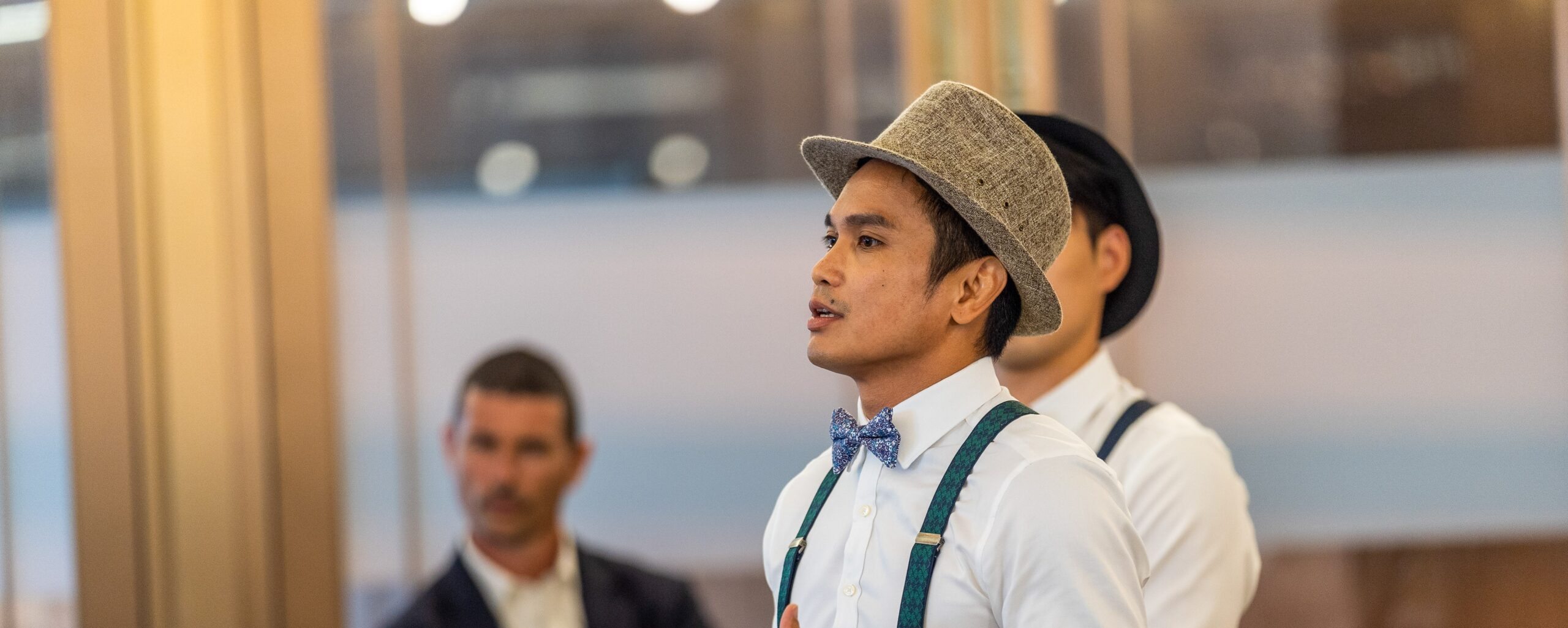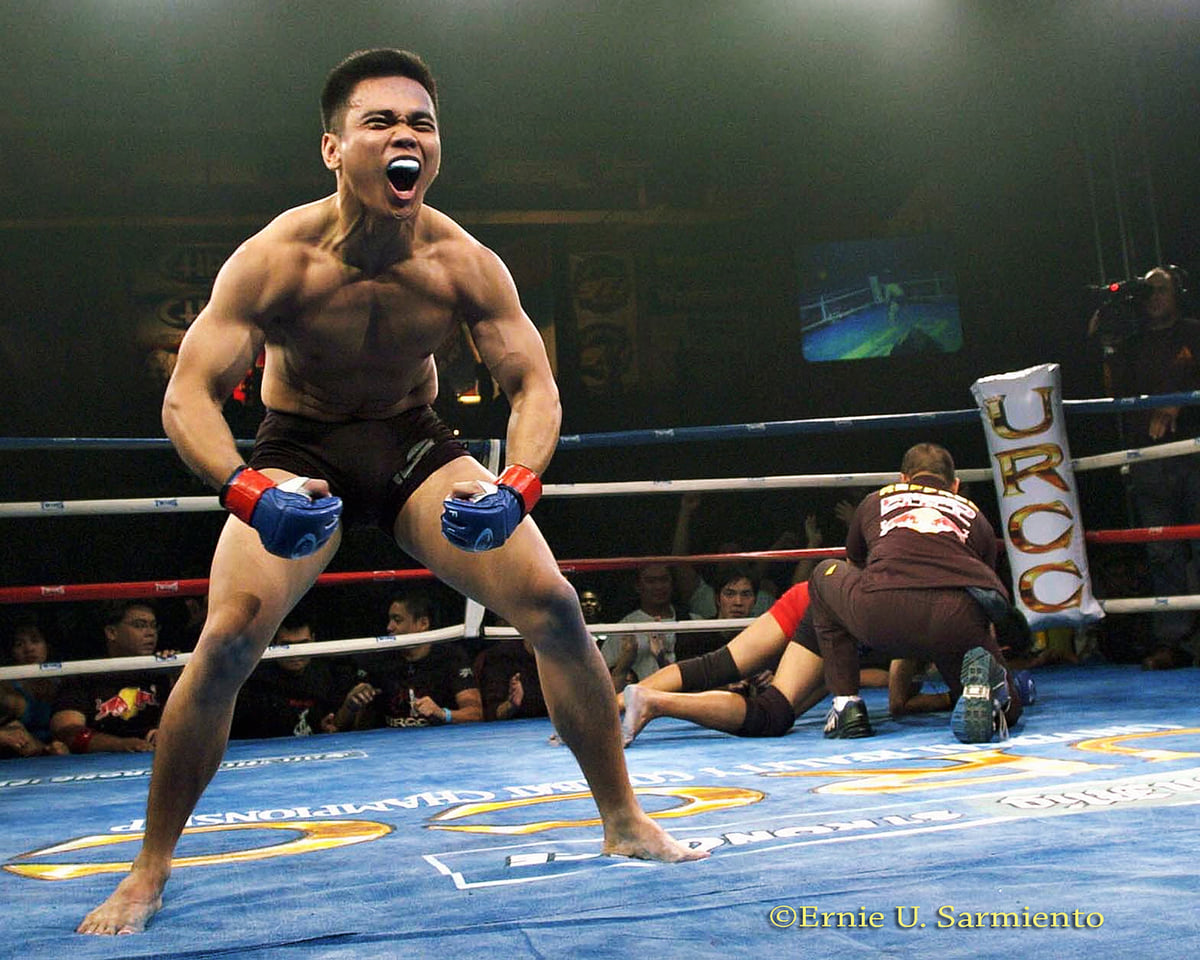From Kung Fu Movies to the MMA Cage
My Martial Arts Journey to Professional MMA
My journey into the world of mixed martial arts (MMA) is not only about physical prowess but also about discipline, resilience, and continuous self-improvement. From a young enthusiast inspired by kung-fu movies to a professional MMA fighter, my path has been filled with transformative experiences. Here’s a detailed look at how I turned my passion for martial arts into a profession and how you can do the same.
Early Inspiration and Foundation
Growing up, I was captivated by the grace and power of martial arts portrayed in kung-fu movies. These films showcased the elegance, strength, and discipline inherent in martial arts. At the age of 10, I started training in Tang Soo Do, a traditional Korean martial art. This was my first foray into the disciplined world of martial arts, and I was hooked.
By the age of 12, I had moved on to Taekwondo, another Korean martial art that focused on high, fast kicks and jumping spinning kicks. Taekwondo taught me not only physical skills but also the importance of respect and perseverance. At 14, I added Arnis, a Filipino martial art focusing on stick fighting, to my repertoire. My journey with Arnis led me to train under Guro Elmer in the Lightning Scientific Arnis International (LSAI) system, where I honed my skills in traditional weapons fighting.
Although my training wasn’t always consistent, I maintained my connection to martial arts by practicing occasionally. However, during my high school years, I decided to pause my martial arts training to focus on my studies and the Citizen’s Army Training (CAT), a program designed to instill military discipline among students. In my younger years, I dreamt of becoming a soldier and attending the prestigious Philippine Military Academy (PMA).
Martial Arts and Violence as an Escape
Life had other plans, and I did not become a soldier. Instead, I pursued a science course in college and resented my parents for not supporting my original aspirations. As I transitioned into young adulthood, martial arts became an outlet for my frustrations and a way to assert myself in a chaotic world. This period was marked by watching UFC fights on VHS tapes, which introduced me to the dynamic world of mixed martial arts (MMA).
I began to adopt a more aggressive approach, picking fights and using martial arts as a way to cope with my inner turmoil. During this time in college, I delved into a street-fighting martial art called “Sariling Pamamaraan” (Sarian), which my fraternity brothers practiced. It was not a good time for me as I frequently picked fights, driven by anger and frustration.
Martial Arts as Recovery
The most profound shift in my martial arts journey came after my battle with cancer. At the age of 20, I was diagnosed with appendiceal cancer, a rare form of cancer. This life-altering moment came just a year after the birth of my daughter. Before my diagnosis, I struggled with alcoholism, a poor diet, obesity, and a bad temper that often led to fights. The news of my cancer was a wake-up call that changed my life forever.
Following my diagnosis and subsequent recovery, I needed to rebuild my strength and find a new sense of purpose. Martial arts once again became a beacon of hope and resilience. I started with wrestling and boxing, disciplines that demanded physical strength and mental toughness. These sports helped me regain my physical health and confidence. Soon, I combined my training with Brazilian Jiujitsu (BJJ) and Muay Thai, embracing the comprehensive and strategic nature of mixed martial arts.
Jiujitsu taught me the art of grappling and submissions, emphasizing technique and leverage over brute strength. Muay Thai, known as the “Art of Eight Limbs,” introduced me to the effective use of punches, kicks, elbows, and knees. Together, these martial arts formed the foundation of my MMA training.
Steps to Building a Career in MMA
If you are inspired to pursue MMA as a profession, here are some steps based on my journey that can guide you:
1. Embrace a Diverse Training Regimen
Diversifying your training, regardless of your age, is essential. Training in multiple disciplines equips you with a broad skill set and a solid foundation in various techniques and principles. Whether you start young or later in life, embracing a range of martial arts will enhance your versatility and significantly benefit your MMA career.
2. Value Traditional Martial Arts
Traditional martial arts instill discipline, respect, and foundational techniques that are crucial for any martial artist. Training in Tang Soo Do and Taekwondo, for example, improves flexibility, strength, and coordination. These core values and skills are essential for long-term success in MMA.
3. Continuously Expand Your Knowledge and Skills
To pursue MMA professionally, it’s vital to continuously expand your skill set. Post-cancer, I rekindled my passion for martial arts by training in wrestling and boxing. Wrestling teaches grappling and control, while boxing sharpens striking skills. Adding Brazilian Jiu Jitsu (BJJ) and Muay Thai to your training regimen is crucial for a well-rounded MMA skill set, with BJJ focusing on ground fighting and submissions, and Muay Thai enhancing your striking abilities using elbows, knees, and clinch work.
4. Prioritize Physical and Mental Conditioning
MMA demands peak physical condition and mental toughness. Regular conditioning routines, including strength training, cardiovascular workouts, and flexibility exercises, are essential. Martial arts also build mental resilience. Studying stoicism and practicing mindfulness can help you manage stress and stay focused.
5. Seek Guidance from Experienced Coaches and Mentors
Guidance from experienced coaches and mentors is invaluable. Training under Guro Elmer in Arnis, for example, provided me with deep insights into traditional martial arts. Similarly, finding knowledgeable coaches in wrestling, boxing, BJJ, and Muay Thai will enhance your skills and technique.
6. Gain Practical Experience Through Competitions
Entering competitions is crucial for transitioning from an enthusiast to a professional. Competing in amateur fights provides practical experience and helps you understand your strengths and areas for improvement. It also builds your reputation and exposes you to the competitive environment of MMA.
7. Maintain a Healthy Lifestyle
A professional MMA career demands a healthy lifestyle. Post-cancer, I adopted a diet focused on lean meats and vegetables, which improved my overall health and performance. Eliminating alcohol and other unhealthy habits is essential for maintaining peak physical condition.
8. Commit to Continuous Learning
Staying educated and informed is vital. Keeping up with the latest techniques, training methods, and nutritional advice ensures you stay ahead in the game. Attending seminars, workshops, and obtaining certifications can also contribute to your development as a martial artist.
9. Build a Strong Support System
A strong support system is crucial. Family, friends, and fellow martial artists can provide emotional and practical support. During my recovery, my family’s support was instrumental in keeping me motivated and focused on my goals. Surround yourself with people who believe in you and your journey, as their encouragement and assistance can make a significant difference.
10. Effectively Market Yourself
Building a career in MMA also involves marketing yourself. Establishing a social media presence, engaging with fans, and networking with other professionals can open up opportunities for sponsorships, fights, and training camps. Share your journey, insights, and achievements to build a personal brand that resonates with others.
Turning Passion into Profession
Transforming a passion for martial arts into a professional MMA career is about much more than physical training—it’s a journey of dedication, resilience, and continuous self-improvement. My path from being a young boy inspired by kung-fu movies to mastering traditional martial arts and later embracing modern martial arts such as MMA, has been filled with profound personal growth.
Martial arts has been my anchor through life’s toughest challenges. It helped me overcome depression, battle cancer, and develop a laser-sharp focus that I carry into my professional and personal life. This journey has taught me that the principles of discipline, resilience, and adaptability are universal—they apply whether you’re in the MMA cage or navigating life’s hurdles.
If you’re inspired to follow a similar path, remember that it’s not about where you start, but about embracing the journey with the right mindset. Surround yourself with supportive mentors, stay committed to your training, and continuously seek to improve. With passion, perseverance, and the right support, anyone can turn their love for martial arts into a fulfilling and successful MMA career.




